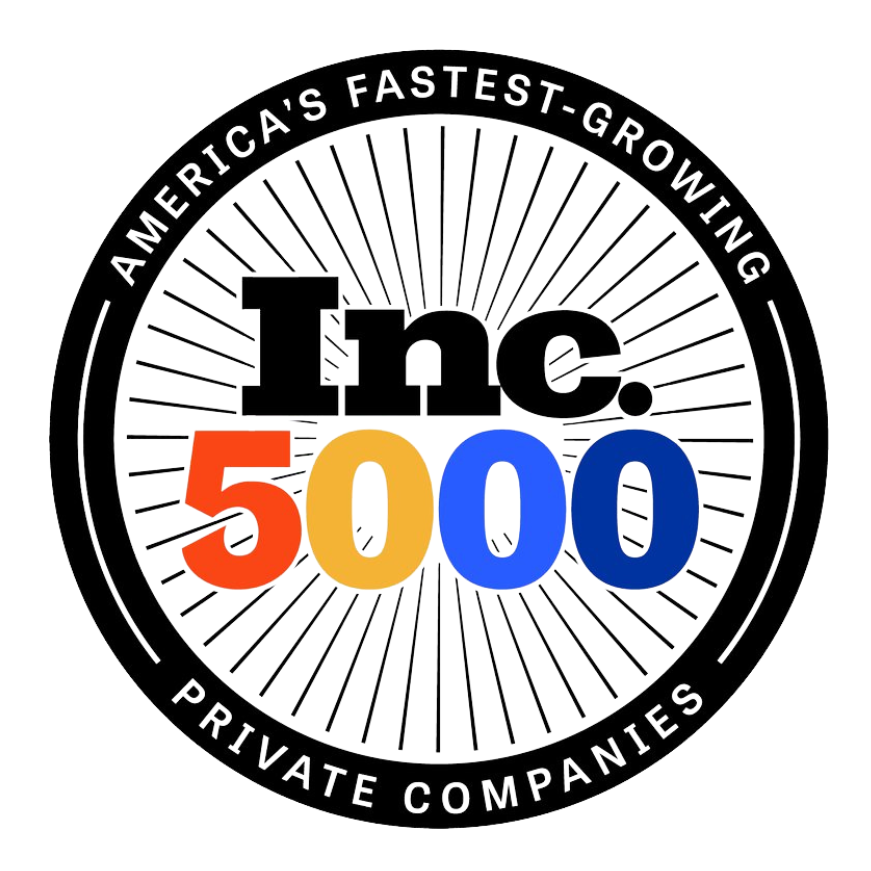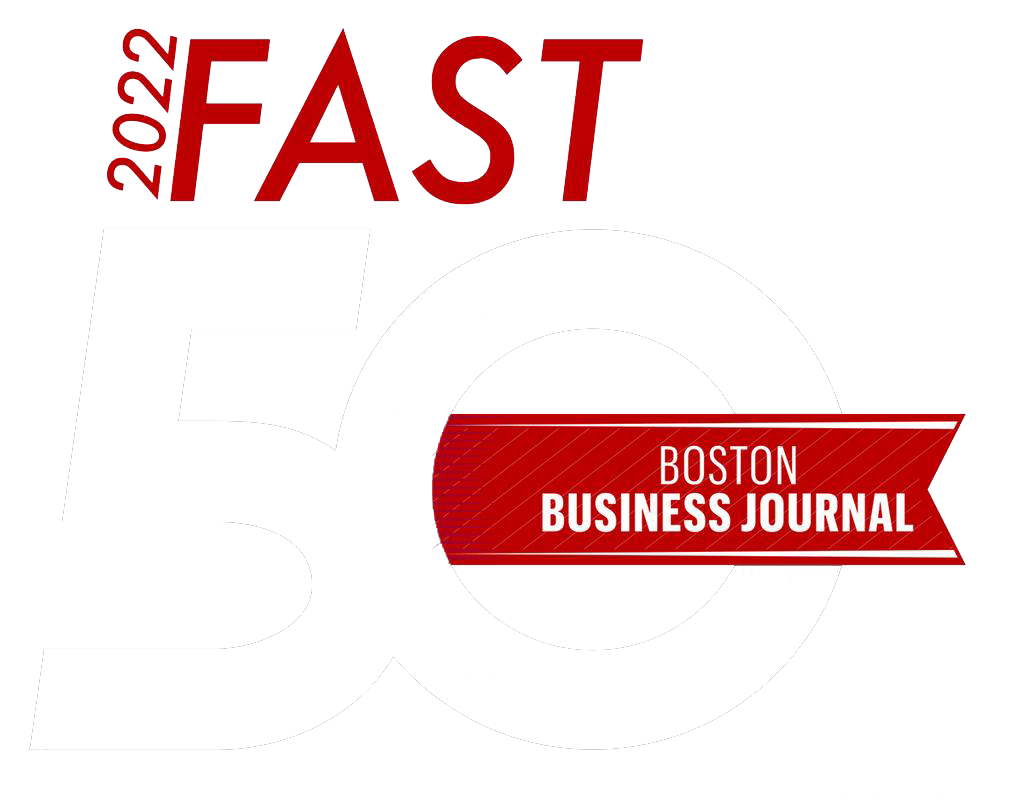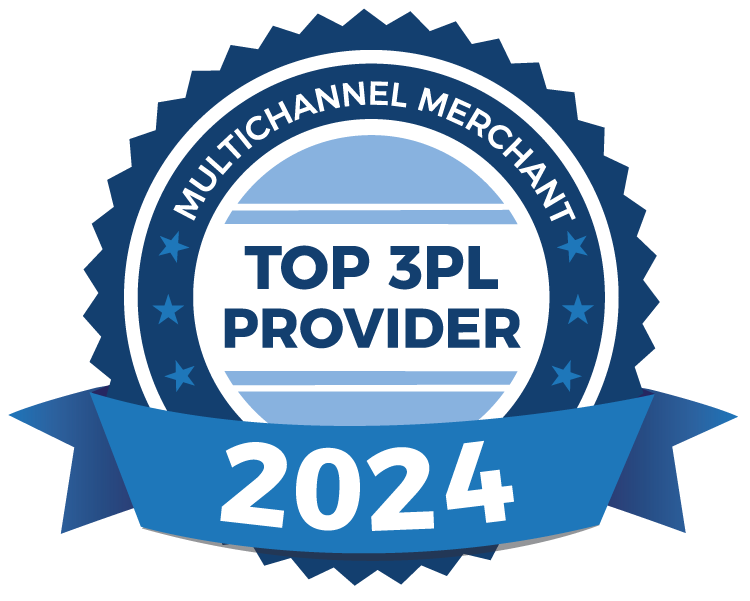How to Maximize 3PL Performance in Peak Seasons
Evaluating the Performance of Your 3PL Partner During Critical Times

The peak season is the ultimate litmus test for third-party logistics (3PL) providers, where their capabilities to uphold operational efficiency and customer satisfaction are carefully assessed. Consistently measuring the performance of your 3PL partner during these periods is not just advantageous—it's vital for the success of your 3PL logistics strategy.
1. Establish Key Performance Indicators (KPIs)
Initiate defining KPIs like on-time delivery rates, order accuracy, inventory accuracy, cycle time, cost per order, and customer satisfaction metrics. These indicators are crucial for quantifying the performance and efficiency of your 3PL partner, offering a clear lens through which to view their operational success.
2. Set Benchmarks
Creating benchmarks based on historical data or industry standards provides a solid reference point for evaluating your 3PL's performance during peak seasons. These benchmarks are essential for measuring success and identifying areas where improvements are necessary.
3. Use Technology and Data Analytics
In today’s data-driven world, leveraging technology and data analytics is essential. Utilize these tools to track performance metrics in real-time, quickly identifying and rectifying any issues or inefficiencies. This proactive approach ensures you are always one step ahead in maintaining optimal operational flow.
4. Regular Performance Reviews
Conducting regular performance reviews with your 3PL provider during peak seasons is vital. These discussions should focus on KPIs, benchmarks, and identifying trends in performance, ensuring both parties are aligned and can address any issues promptly.
5. Collaborative Problem-Solving
Fostering a collaborative relationship with your 3PL provider is key to solving problems effectively. Open communication and feedback, coupled with joint efforts in continuous improvement, can significantly enhance the resolution process and improve overall performance.
6. Customer Feedback
Customer feedback is invaluable in understanding the effectiveness of your logistics operations from the end-user's perspective. Gathering insights about customers' experiences with order fulfillment and logistics services during peak seasons can illuminate areas for improvement and provide a more comprehensive view of your 3PL's performance.
7. Contractual Obligations
Carefully review the contractual and service level agreements (SLAs) with your 3PL provider. It's crucial to ensure that the performance expectations are clearly outlined and adhered to during peak periods, avoiding misunderstandings or unmet expectations.
8. Continuous Improvement
At Barrett Distribution, we prioritize continuous monitoring and improvement, particularly during peak seasons. Our approach, including initiatives like Kaizen events, underscores our commitment to excellence and is a significant reason our clients trust and prefer our services.
Ultimately, regularly assessing the performance of your 3PL partner during peak seasons is crucial for maintaining operational efficiency and achieving customer satisfaction. You can ensure a successful and scalable logistics operation by establishing clear KPIs, setting benchmarks, leveraging technology, conducting performance reviews, fostering collaboration, listening to customer feedback, understanding contractual obligations, and focusing on continuous improvement.
Ready to enhance your logistics strategy? Contact us today to learn how our expert 3PL solutions can drive your business forward.
Recent Blog Posts
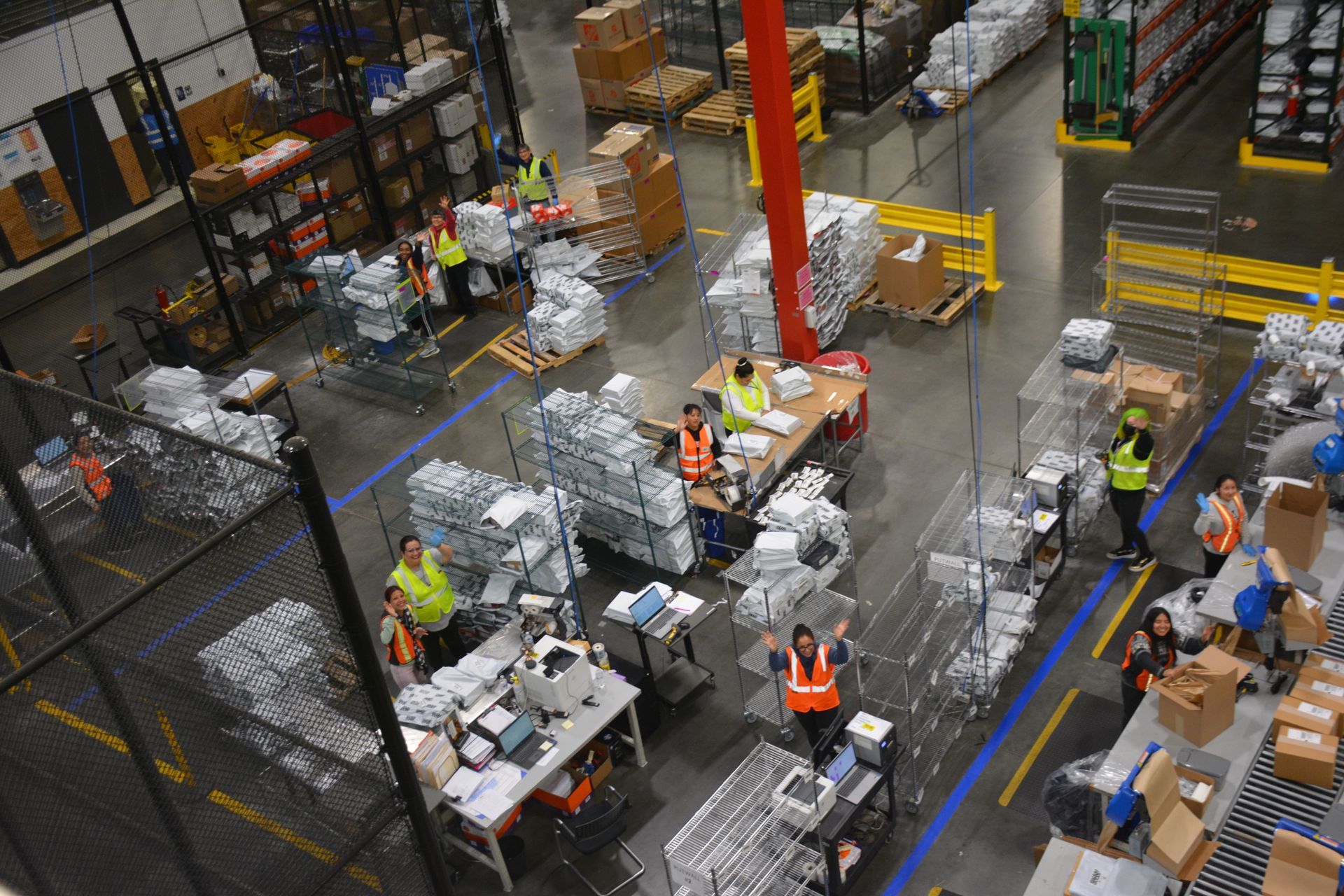
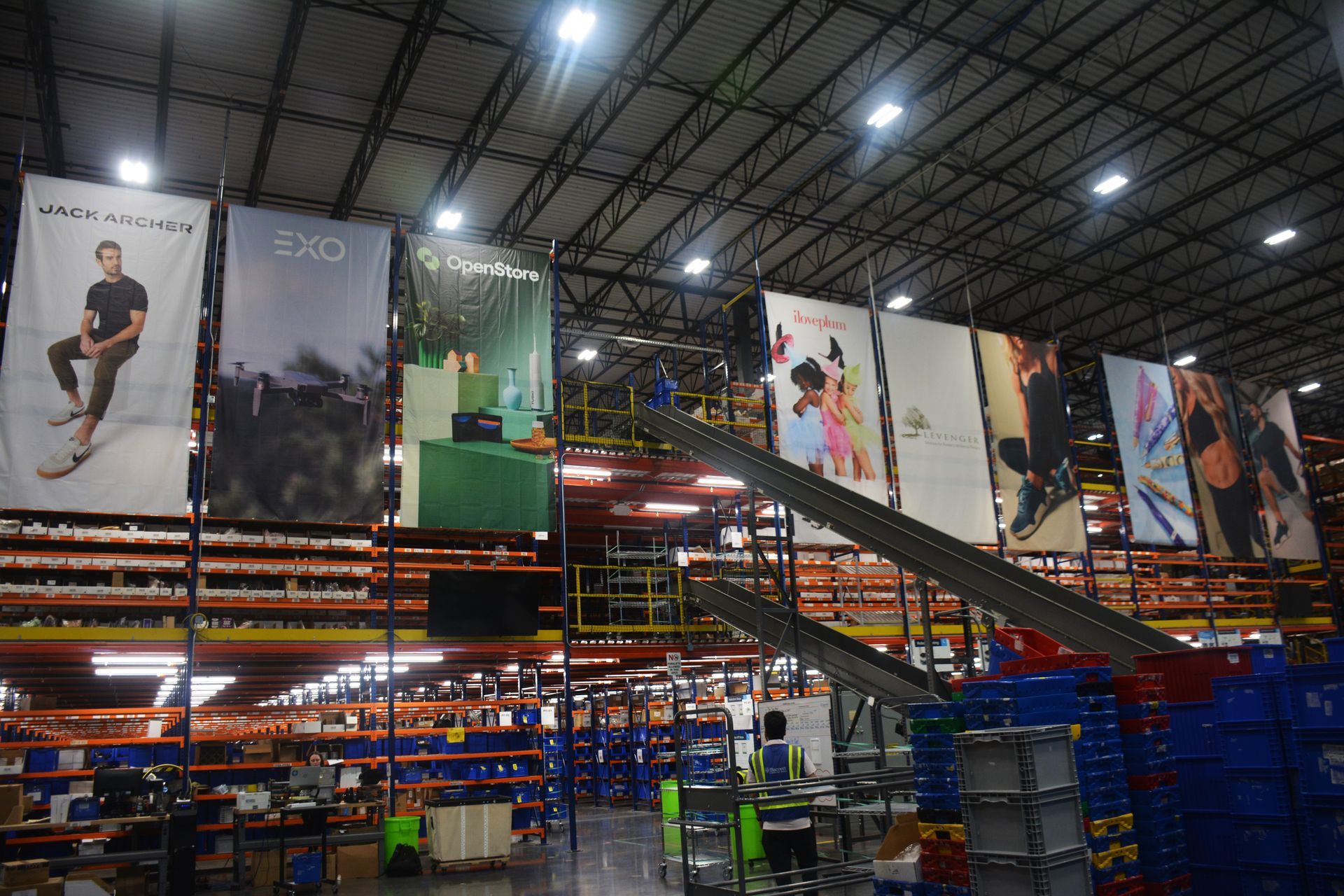
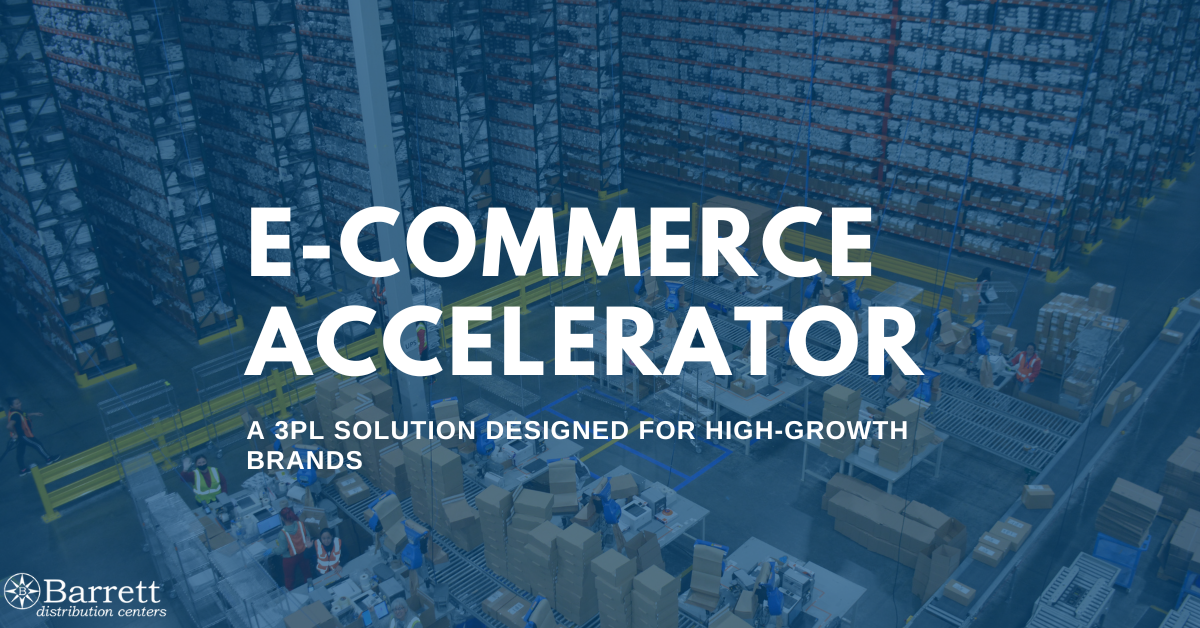
All Rights Reserved | Barrett Distribution Centers
